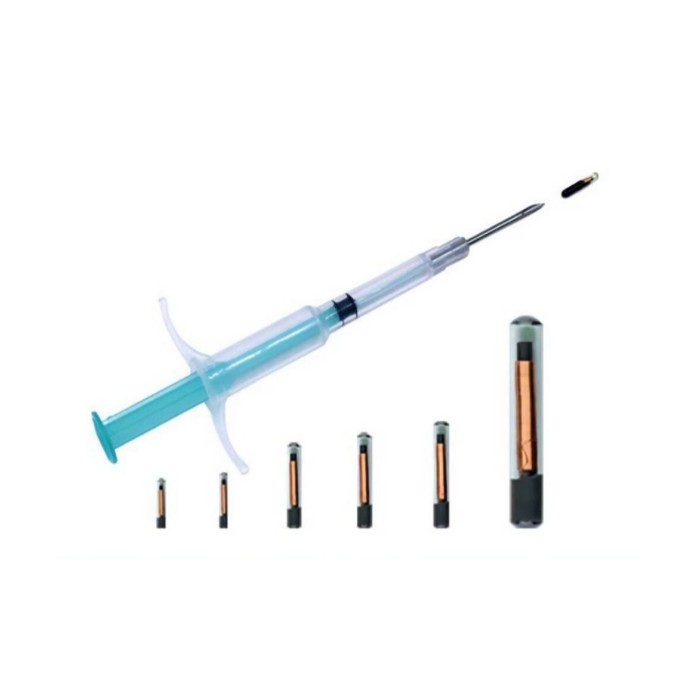
A PIT tag for fish is a small electronic tag that can be implanted in a fish to track its movement, growth, and survival. PIT tags are typically made of biocompatible glass and are about the size of a grain of rice.
A PIT tag for fish is a small electronic tag that can be implanted in a fish to track its movement, growth, and survival. PIT tags are typically made of biocompatible glass and are about the size of a grain of rice.
To implant a PIT tag in a fish, the fish is first anesthetized. A small incision is then made in the fish's abdomen, and the PIT tag is inserted into the body cavity. The incision is then closed with stitches or glue.
Once implanted, the PIT tag can be read using a PIT tag reader. PIT tag readers emit a radio signal that activates the PIT tag and causes it to transmit its unique identification number. The reader can then display the PIT tag's ID number on a screen.
PIT tags are used in a variety of fish research and management applications. For example, PIT tags can be used to:
Track the movement of fish between different habitats
Monitor the growth and survival of fish over time
Identify individual fish for recapture studies
Estimate fish abundance and population size
PIT tags are also used in some commercial fisheries to track the catch and release of fish. This information can be used to manage fish populations and ensure sustainable fishing practices.
PIT tags are a valuable tool for fish researchers and managers. They provide a way to track individual fish and collect data on their movement, growth, and survival. This data can be used to better understand fish populations and to develop effective management strategies.
Here are some of the benefits of using PIT tags for fish:
PIT tags are non-invasive and do not harm the fish.
PIT tags are durable and can last for many years.
PIT tags can be read quickly and accurately, even from a distance.
PIT tags can be used to track individual fish, which provides valuable data on their movement, growth, and survival.
PIT tags are an important tool for fish research and management. They are used to track fish populations, study fish movement, and estimate fish abundance. PIT tags are also used in some commercial fisheries to track the catch and release of fish.
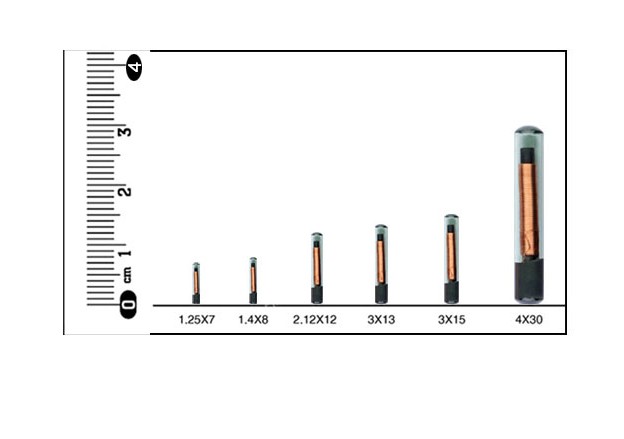
The cost of a PIT tag can vary depending on the size, type, and quantity of tags you purchase. Generally speaking, PIT tags cost between {cbq:ncontent}.50 and .00 each. DO RFID Tag manufacture will provide cheapest PIT tag.
Here are some factors that can affect the cost of a PIT tag:
Size: Larger PIT tags tend to be more expensive than smaller PIT tags.
Type: There are different types of PIT tags available, such as HDX, FDX-B, and FDX-A tags. HDX tags tend to be the most expensive type of PIT tag.
Quantity: If you purchase PIT tags in bulk, you can often get a discount.
In addition to the cost of the PIT tags, you will also need to factor in the cost of the PIT tag reader and implanter. PIT tag readers can range in price from 0 to ,000, depending on the features and capabilities of the reader. PIT tag implanters can range in price from to 0.
If you are considering using PIT tags for fish research or management, it is important to factor in all of the costs involved. However, the benefits of using PIT tags often outweigh the costs. PIT tags can provide valuable data on fish movement, growth, and survival, which can be used to better understand fish populations and to develop effective management strategies.
Here are some tips for saving money on PIT tags:
Purchase PIT tags in bulk from DO RFID TAG manufacturer.
Consider using a less expensive type of PIT tag, such as an FDX-A tag.
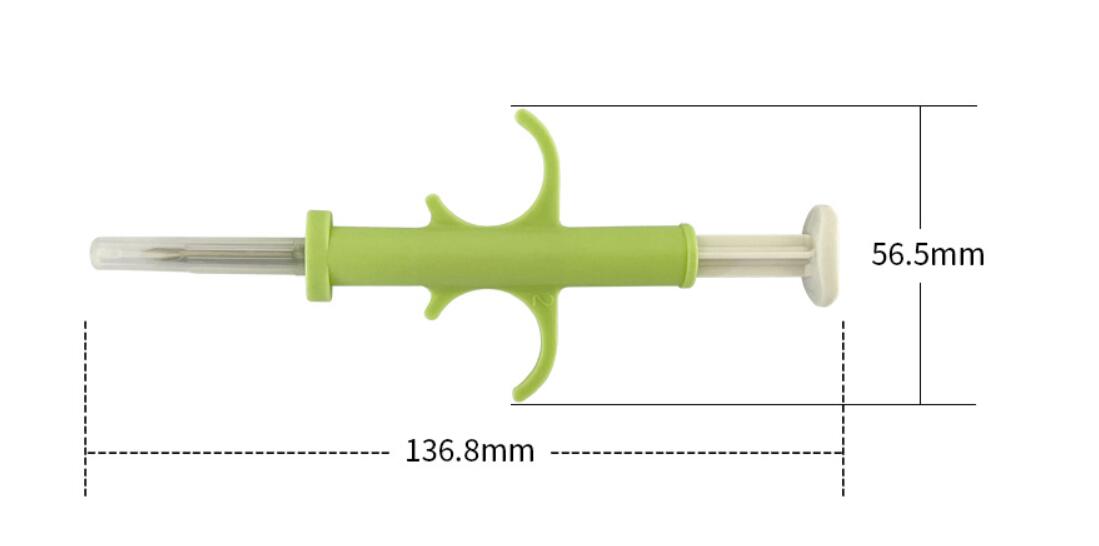
A PIT tag gun is a tool used to implant PIT tags in fish and other animals. PIT tag guns come in a variety of sizes and styles, but they all work in a similar way.
To implant a PIT tag using a PIT tag gun, the fish is first anesthetized. The PIT tag is then loaded into the gun and the gun is positioned against the fish's abdomen. The trigger is then pressed to fire the needle and implant the PIT tag.
PIT tag guns can be used to implant PIT tags in fish of all sizes. However, it is important to select the correct size PIT tag for the size of the fish. PIT tags that are too large can injure the fish, while PIT tags that are too small may not be able to be read by a PIT tag reader.
Here are some of the benefits of using a PIT tag gun to implant PIT tags:
PIT tag guns are quick and efficient.
PIT tag guns are easy to use.
PIT tag guns are safe for fish.
PIT tag guns are an essential tool for fish researchers and managers. They allow researchers to quickly and efficiently implant PIT tags in fish, which provides valuable data on fish movement, growth, and survival.
Here are some tips for using a PIT tag gun:
Make sure that the PIT tag gun is the correct size for the size of the fish.
Anesthetize the fish before implanting the PIT tag.
Position the PIT tag gun against the fish's abdomen before firing the needle.
Clean and disinfect the PIT tag gun after each use.
If you are new to using a PIT tag gun, it is important to watch a training video or consult with an experienced fish researcher or manager.
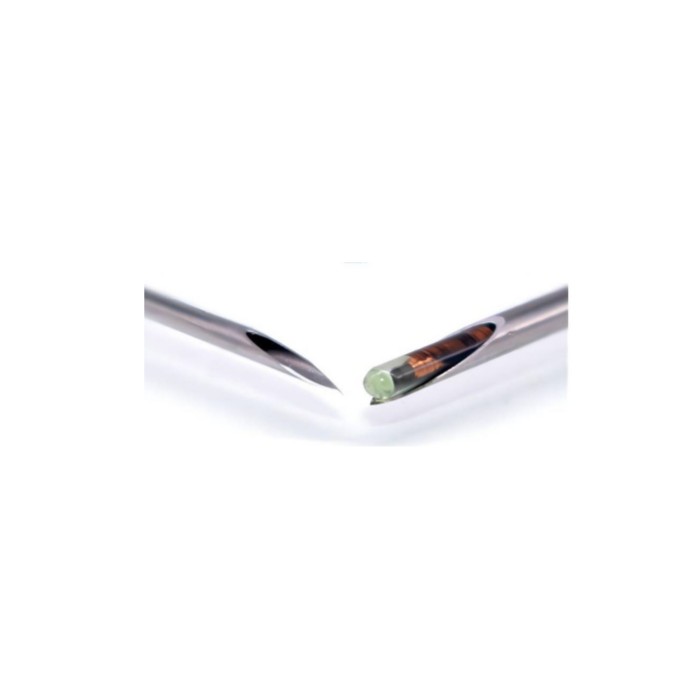
PIT tag needles are used to implant PIT tags in fish and other animals. PIT tags are small electronic tags that can be used to track the movement, growth, and survival of animals.
PIT tag needles are typically made of stainless steel and are available in a variety of sizes. The size of the needle will depend on the size of the PIT tag being implanted and the size of the animal.
To implant a PIT tag, the animal is first anesthetized. The needle is then inserted into the animal's body, and the PIT tag is released from the needle. The needle is then removed, and the animal is allowed to recover.
PIT tag needles are a valuable tool for fish researchers and managers. They provide a way to quickly and easily implant PIT tags in fish and other animals. PIT tag needles are also used in some commercial fisheries to track the catch and release of fish.
Here are some of the benefits of using PIT tag needles:
PIT tag needles are sharp and durable.
PIT tag needles are available in a variety of sizes to accommodate different PIT tags and animals.
PIT tag needles are easy to use and can be used to implant PIT tags in a variety of locations on the animal's body.
PIT tag needles are an important tool for fish research and management. They provide a way to quickly and easily implant PIT tags in fish and other animals, which can be used to track their movement, growth, and survival.
How to choose the right PIT tag needle
When choosing a PIT tag needle, it is important to consider the following factors:
Size of the PIT tag: The needle should be large enough to accommodate the PIT tag being implanted.
Size of the animal: The needle should be small enough that it can be inserted into the animal's body without causing excessive damage.
Implantation location: The needle should be long enough to reach the desired implantation location.
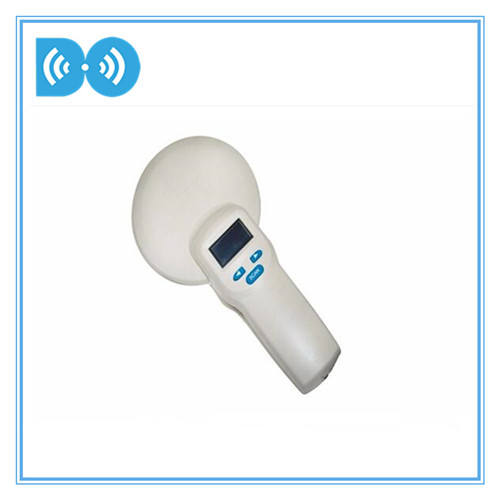
PIT tag readers are devices used to read PIT tags. PIT tags are small electronic tags that can be implanted in fish and other animals to track their movement, growth, and survival.
PIT tag readers work by emitting a radio signal that activates the PIT tag and causes it to transmit its unique identification number. The reader can then display the PIT tag's ID number on a screen.
PIT tag readers are used in a variety of fish research and management applications. For example, PIT tag readers can be used to:
Track the movement of fish between different habitats
Monitor the growth and survival of fish over time
Identify individual fish for recapture studies
Estimate fish abundance and population size
PIT tag readers are also used in some commercial fisheries to track the catch and release of fish. This information can be used to manage fish populations and ensure sustainable fishing practices.
PIT tag readers are available in a variety of sizes and price ranges. Some PIT tag readers are designed to be used in laboratory settings, while others are designed to be used in field settings. There are also PIT tag readers that are specifically designed for use with fish.
When choosing a PIT tag reader, it is important to consider the following factors:
Read range: The read range is the distance at which the reader can read a PIT tag.
Read rate: The read rate is the percentage of PIT tags that the reader can read accurately.
Features: Some PIT tag readers have additional features, such as the ability to store data or interface with a computer.
Price: PIT tag readers range in price from a few hundred dollars to several thousand dollars.
If you are unsure which PIT tag reader to choose, it is always best to consult with us.
Here are some of the benefits of using PIT tag readers:
PIT tag readers are quick and easy to use.
PIT tag readers are accurate and reliable.
PIT tag readers can be used to read PIT tags in a variety of environments, including water.
PIT tag readers are available in a variety of sizes and price ranges to meet your needs.
PIT tag readers are an important tool for fish research and management. They provide a way to quickly and easily read PIT tags, which can be used to track the movement, growth, and survival of fish.
If you want to ask anything just fill in the form below and send us. We will contact you within 12 hours.
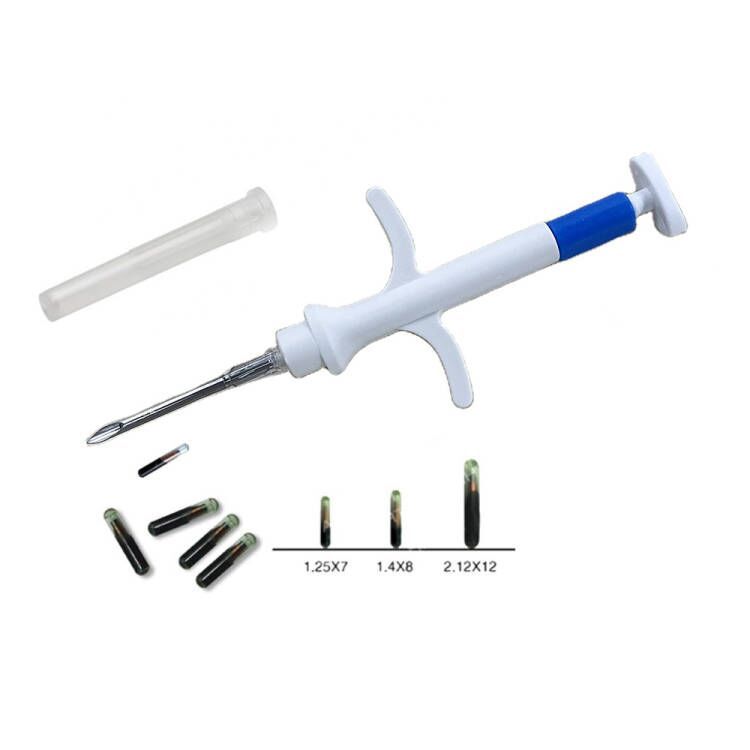
PIT tags are a valuable tool for turtle research and management. They can be used to track turtle movement, growth, and survival. PIT tags can also be used to identify individual turtles for recapture studies and to estimate population size...
More >>
A PIT tag for fish is a small electronic tag that can be implanted in a fish to track its movement, growth, and survival. PIT tags are typically made of biocompatible glass and are about the size of a grain of rice.
More >>